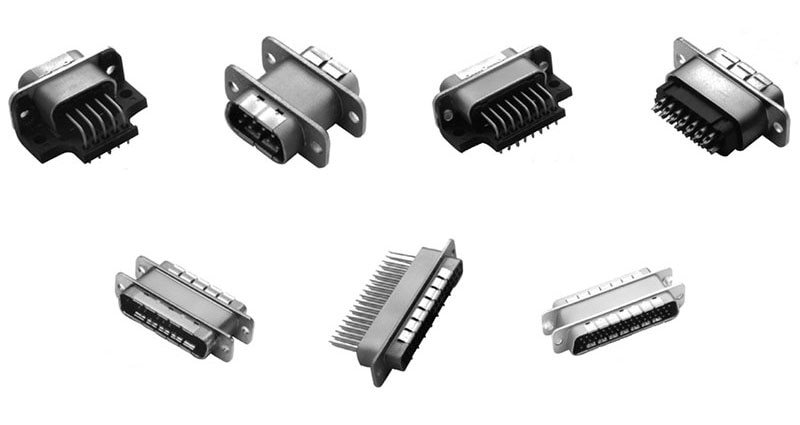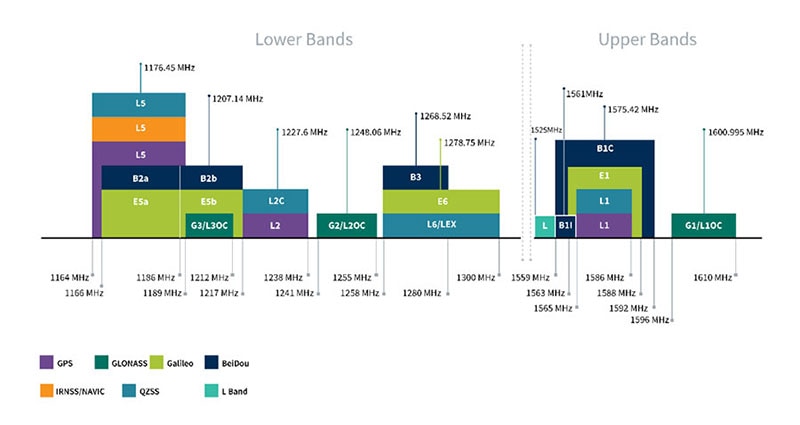Quiet, Please! Go Ahead and Add Your Alerts, But Only Those That Are Really Needed
I’m a fan of older black-and-white British mystery stories and movies, the kind discussed in the lengthy yet insightful 1950 essay, “The Simple Art of Murder” by detective story author Raymond Chandler. (Hey, we all have our quirky likes!) Among my favorite movies is the 1946 movie, Green for Danger, about some apparently accidental deaths at a British countryside hospital during World War II which, of course, were not at all accidental.
The first time I saw this movie, there was a dramatic scene set in a large recovery room. In contrast to many of today’s hospital settings, that crowded room was eerily silent. There were no beeps, chimes, rhythms, or warning alarms from EKG monitors, blood pressure units, infusion pumps, respirators, or other equipment to distract anyone. The simple reason for the quiet was that there were no patient-connected medical electronic devices in general use at the time. The absence of sound had the effect of focusing my attention on that scene more than any sounds would have.
That quiet hospital situation certainly has changed, and dramatically so. Operating theaters, intensive care wards, recovery rooms, and even patient rooms soon became a world of electronics with an associated cacophony of sounds, with each individual one useful and well intentioned, but still adding up to a discordant concert in many cases. Not only was all that noise not good for patients, but the many concurrent sounds result in a phenomenon called audio masking, where the brain cannot distinguish the individual sounds (usually alarms) and what they mean. In fact, having so many alerts and alarms soon becomes counterproductive, as the medical staff quickly decides to ignore them or simply shut them off as a matter of personal sanity.
In recent years there’s been a countertrend, as standalone medical instruments have become networked and hospitals have upgraded their ICUs and high care areas with patient monitors which report silently to a nearby central station. In this arrangement, one or more nurses watch multiple screens covering several rooms and these screens flash alerts, with audio reserved only for critical alarm conditions. Having local audio bedside to each patient from the various units is unnecessary and serves little immediate purpose.
Still, there’s certainly a need and place for sounds in the medical setting. There’s even a standard which defines within broad boundaries what sorts of sounds medical electronics shall make and under what conditions. Despite a fairly bland title, ISO/IEC 60601-1-8 “Medical electrical equipment – Part 1-8: General requirements for basic safety and essential performance” is the key standard for audio in this application niche.
Making a sound that counts
When you do need to add audio output to a product—medical or otherwise—it usually makes sense to start with a simple solution if that is all you need to meet the regulatory mandates. One starting point is a device such as the Mallory Sonalert ASI12N35MTRQ piezo-based buzzer: it doesn’t get simpler than this (Figure 1). This self-excited unit needs just a DC voltage to generate a basic tone at 3500 ±500 hertz (Hz). It operates directly from a 3 volt to 15 volt supply and consumes just 10 milliamps (mA) at 12 volts, delivering 83 decibels (dB) at a distance of 10 centimeters (cm).
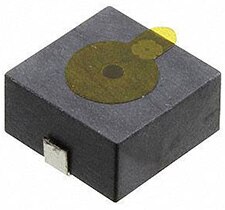 Figure 1: This ASI12N35MTRQ piezo-based buzzer is self-excited and needs just an applied DC voltage; it creates an attention-getting 3500 Hz sound at 83 dB from a 12 volt supply. (Image source: Mallory Sonalert)
Figure 1: This ASI12N35MTRQ piezo-based buzzer is self-excited and needs just an applied DC voltage; it creates an attention-getting 3500 Hz sound at 83 dB from a 12 volt supply. (Image source: Mallory Sonalert)
Of course, there are situations where a fixed-frequency audio output is too limiting. In these cases, a device such as CUI Devices’ CT-1205H-SMT-TR magnetic buzzer transducer is a viable choice as it can produce sounds in the range from 200 Hz to 5 kilohertz (kHz) (Figure 2).
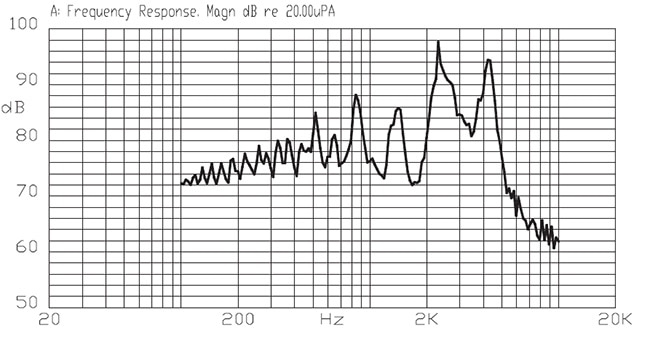 Figure 2: The CT-1205H-SMT-TR magnetic buzzer transducer can produce fundamental sounds across the lower part of the audio spectrum, from about 200 Hz to 5 kHz. (Image source: CUI Devices)
Figure 2: The CT-1205H-SMT-TR magnetic buzzer transducer can produce fundamental sounds across the lower part of the audio spectrum, from about 200 Hz to 5 kHz. (Image source: CUI Devices)
It operates from a 3 volt to 7 volt supply, delivering 92 dB (typical) at 2400 Hz from a 5 volt supply while drawing 60 mA. The required drive circuit is also simple: it comprises a single transistor which is turned on and off by a software-controlled digital output pin to produce a square wave with the desired frequency and timing pattern (Figure 3).
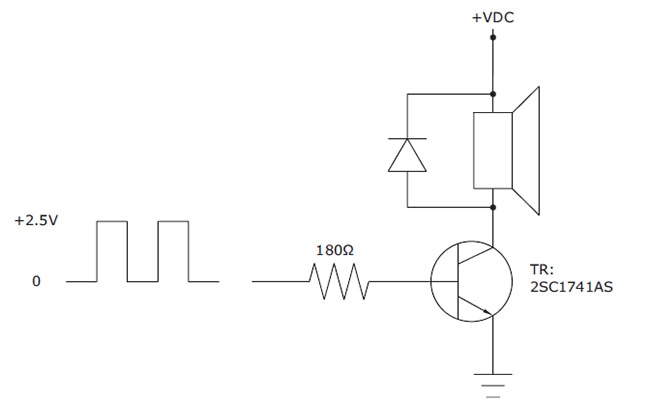 Figure 3: A spectrum-spanning magnetic buzzer such as the CT-1205H-SMT-TR is not self-excited but is nevertheless easy to drive using a simple square wave at the desired frequency. (Image source: CUI Devices)
Figure 3: A spectrum-spanning magnetic buzzer such as the CT-1205H-SMT-TR is not self-excited but is nevertheless easy to drive using a simple square wave at the desired frequency. (Image source: CUI Devices)
Audio overload: not just a medical device problem
Keeping the overall audio menu short is a good idea, and not just to avoid masking. Even when there is only a single audio signal present at one time, typical end users of consumer devices can still get confused or be mystified. My 2019 Subaru Outback produces at least 15 distinct tone patterns, many due to hard-to-discern circumstances. Some of these beeps, chimes, and ding-dongs are for obvious reasons such as headlights left on, but there are still many I have not been able to decode. Of course, it’s been impossible to catch and record as they happen, or at least get them to repeat consistently. I could try to describe the sound to the dealership, but they would likely have no real sense of what I was talking about.
I even went online to see if there was a posted set of audio files and their meanings (such as “ding-dong-dong-ding” means you are almost out of gas) but was unsuccessful. I also researched to see if there was an SAE or IEC standard for these car sounds and their meaning analogous to the one for train whistles and horns, but apparently there is not.
Conclusion
With so many viable ways to create sound in your product using piezo buzzers, magnetic buzzers, and even small loudspeakers, there’s a real temptation to use them to the maximum. But when it comes to adding alert and alarm sounds to your product, less is often better. Though sounds serve a useful purpose in principle, having too many of them can soon become counterproductive. So please, think about it carefully from the end-user’s perspective before you indulge. By the way, if you find a “decode” list of automotive sounds, let me know, please!
Recommended reading:
Design Techniques to Increase a Piezo Transducer Buzzer Audio Output

Have questions or comments? Continue the conversation on TechForum, DigiKey's online community and technical resource.
Visit TechForum








